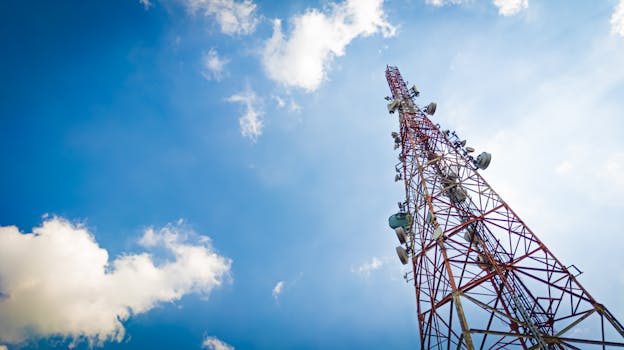
Satellites as Sentries: Advanced Technologies for Global Communication and Surveillance
Satellites as Sentries: Advanced Technologies for Global Communication and Surveillance have revolutionized the way we communicate and monitor the world. With the launch of the first artificial satellite, Sputnik, in 1957, the era of space exploration and satellite technology began. Since then, satellites have become an essential part of our daily lives, enabling global communication, navigation, weather forecasting, and surveillance.
Satellites are sentries that orbit the Earth, providing a wide range of services that are critical to modern society. They enable global communication by transmitting data, voice, and video signals across the globe, connecting people and communities in remote and underserved areas. Satellites also play a vital role in surveillance, providing real-time monitoring and tracking capabilities for military, environmental, and commercial applications.
Advanced Technologies for Global Communication
Advanced technologies have transformed the field of global communication, enabling faster, more reliable, and more secure data transmission. Satellites equipped with advanced transponders and antennas can transmit data at speeds of up to 100 Gbps, making them ideal for applications such as broadband internet, video conferencing, and cloud computing. The use of advanced modulation techniques, such as quadrature amplitude modulation (QAM), has also improved the efficiency and reliability of satellite communication systems.
The development of new satellite constellations, such as OneWeb and Starlink, has further expanded the capabilities of global communication. These constellations consist of hundreds of small satellites that work together to provide seamless coverage and high-speed data transmission. They have the potential to connect billions of people around the world, bridging the digital divide and enabling new opportunities for economic growth and development.
Surveillance and Monitoring
Satellites have become an essential tool for surveillance and monitoring, providing real-time data and imagery for a wide range of applications. Military satellites, such as the US Department of Defense’s Defense Support Program (DSP), use infrared sensors to detect and track ballistic missiles, while commercial satellites, such as DigitalGlobe’s WorldView-4, provide high-resolution imagery for applications such as environmental monitoring and disaster response.
The use of advanced sensors and imaging technologies, such as synthetic aperture radar (SAR) and hyperspectral imaging, has improved the accuracy and resolution of satellite-based surveillance systems. These technologies enable satellites to penetrate clouds and darkness, providing persistent monitoring and tracking capabilities in all weather conditions.
Conclusion
In conclusion, Satellites as Sentries: Advanced Technologies for Global Communication and Surveillance have transformed the way we communicate and monitor the world. With advanced technologies enabling real-time monitoring and data transmission, satellites play a vital role in modern society, connecting people and communities, and providing critical services for military, environmental, and commercial applications. As the demand for satellite-based services continues to grow, it is likely that we will see further innovations and advancements in the field of satellite technology, enabling new opportunities for economic growth, development, and global cooperation.